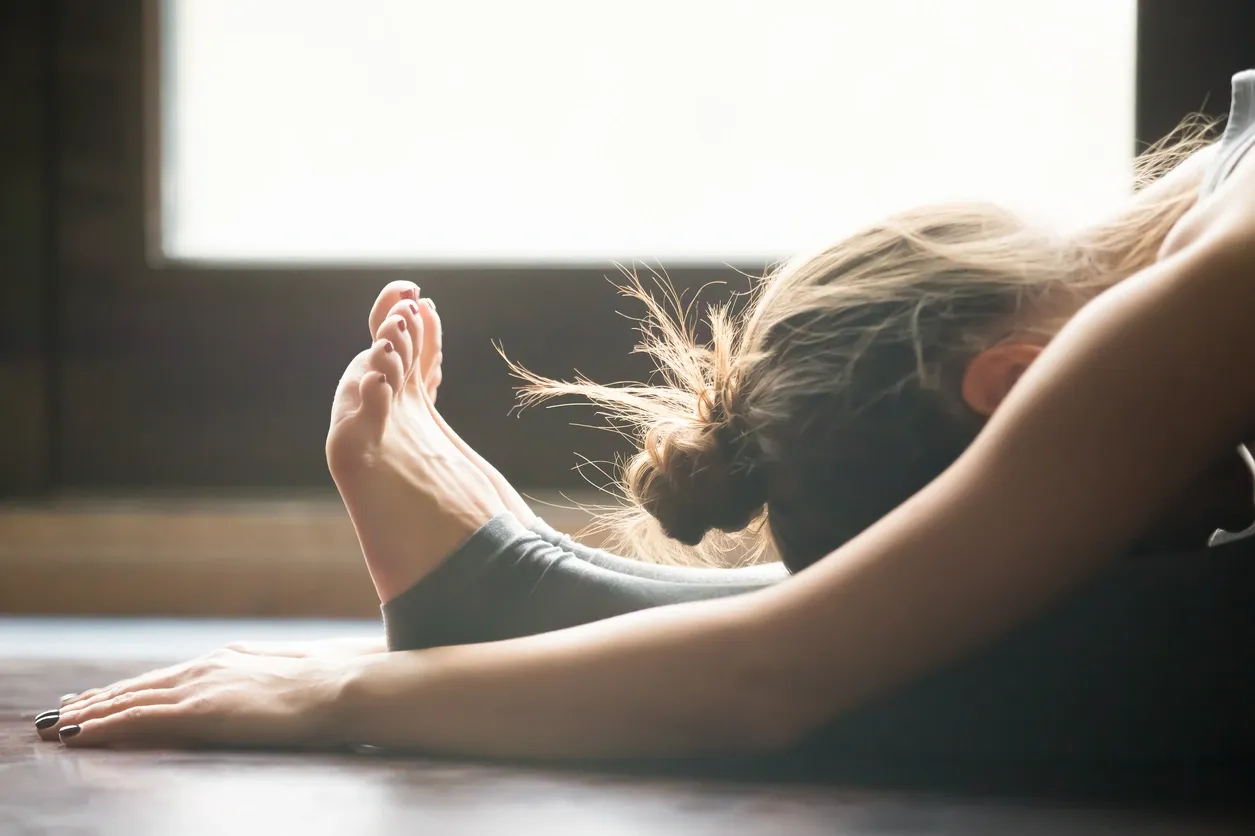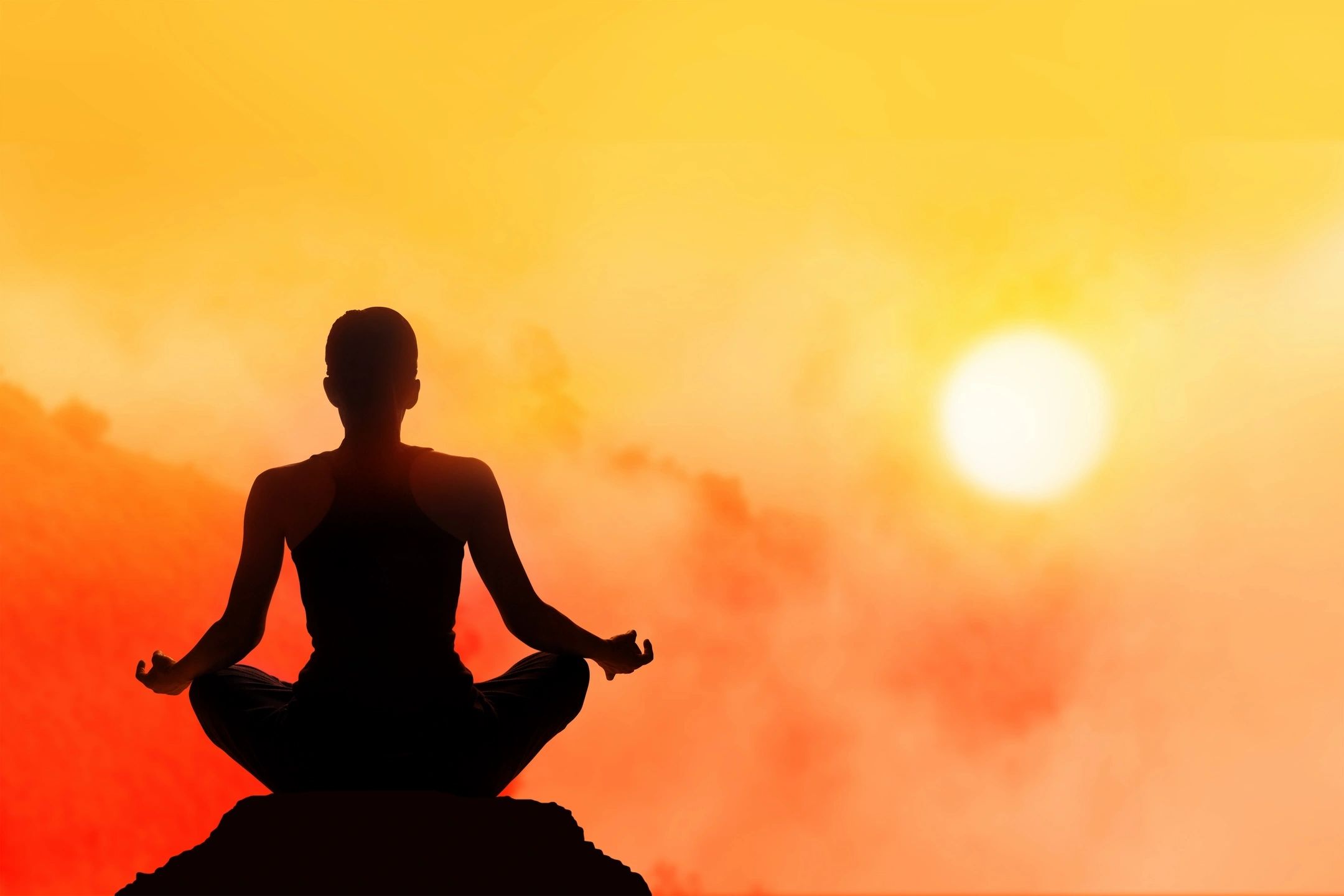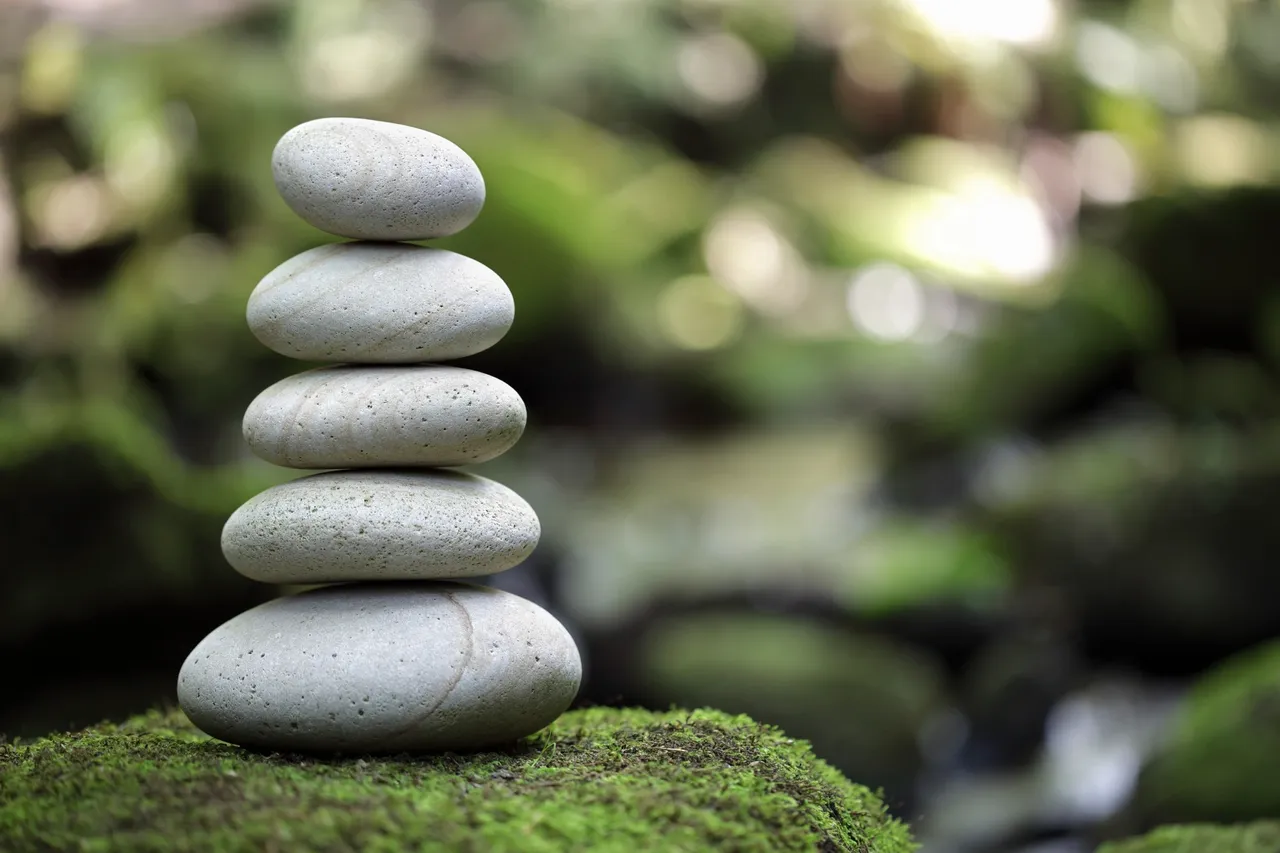Hypnosis is based on eliciting different ideodynamic phenomenon, such as the ideomotor response of muscular relaxation or the ideosensory response of feeling like you’re floating. Everything is on a scale though. For relaxation, it can range from light relaxation in the face muscles, to full body relaxation so deep the person can’t even move (similar to sleep paralysis). For sensation, this could range from a mild feeling of lightness in the hand to complete anesthesia (the Esdaile state or hypnotic coma used for hypnosis-assisted surgeries).
In order to elicit these more powerful responses, most people bring in the concept of ‘depth’. There are many depth scales for hypnosis, but the general idea is that the ‘deeper’ a person is in trance, the more they can achieve some of these advanced effects. While putting numbers to hypnotic depth seems to make it more objective, the idea of depth is really just a concept. Some people may be very ‘deep’ in trance and able to accomplish some advanced ideomotor effects but unable to elicit relatively simple ideosensory effects. These pretty much just makes seeking a certain ‘depth’ before trying to elicit a response, a crapshoot.
The more clinically useful approach is to do ‘chaining’ or ‘pyramiding’. This is where you start by eliciting simple responses and then build on top of those to get to more advanced responses. You can also think of it as linking a series of suggestions together. If you wanted to help someone produce hypnotic analgesia (pain control) in their leg, you wouldn’t start by saying, “close your eyes. Good, now notice your leg going numb!” You could try to do this, but if it failed, your client probably wouldn’t trust you or your ability that much afterwards. Instead, you could start by leading them through a general relaxation sequence. As they become noticeably relaxed, draw their attention to this new sensation of relaxation.
“The more relaxed you become, the lighter your body feels. Every breathe relaxes you even more, filling your body with that lightness. Almost like you’re breathing in helium and you can float even further into relaxation. Or like you’re breathing in a pleasant, odorless anesthesia. Drifting further into comfort, feeling your body go pleasantly numb. The more your breathe this in, the more you can feel it fill your body up with that relaxing numbness.”
Notice in that sample routine, relaxation (a simple response that you’ve already helped them accomplish) is linked to the ideosensory response of lightness. Then breathing is linked to relaxation and lightness. The metaphor of breathing helium is introduced to further link breathing with a feeling of lightness. Then this is moved to breathing another gas – anesthesia. Breathing, relaxation, lightness, and anesthesia are all linked together – with the corresponding ideosensory response of numbness. In this way, you’ve built each response on top of the other ones to reach the desired effect (numbness).
I’ll give another example of chaining ideomotor responses. Generally, you begin by focusing on the small muscle groups – the eyes and fingers. For the eyes, the most common effect is catalepsy or lack of movement. This would be getting someone to relax their eyelids so much that they don’t work, even when they try to open them. For anyone curious on more about this, look up the Elman induction which is very fast and the most common one taught to those in the medical field because of it’s speed.
“Relax your eyelids all the way to the point where they won’t work. When you’re sure they’re relaxed that far, go ahead and try to open them – just like you would try to open a
locked door, just to make sure it stayed shut. Good, now you can stop trying and send that relaxation down through your body, like a wave of relaxation. Feel that flow all the way through your body, from the top of your head to the tips of your fingers and toes. Notice that as that wave flows through your body, it can sweep up any pain or discomfort and carry it along. All of that pain and discomfort will pool somewhere in your body, I don’t know if it’ll be in your left hand or your right foot or somewhere else. And as it pools there, immersed in all of that relaxation, you can allow it to drain away now. Notice it draining away, completely out of your body, leaving behind only that relaxation and comfort that’s flowing all throughout your body.”
Here, the ideomotor effect of eyelid catalepsy was first elicited. Then full body relaxation was built on top of that. This relaxation was chained to feeling discomfort. As the relaxation changed (by going through the body), the location of the discomfort changed. Finally, the discomfort itself was changed using a suggestion for analgesia and then a refocusing on comfort and relaxation.




